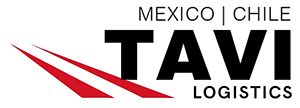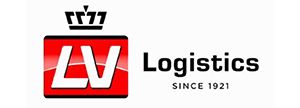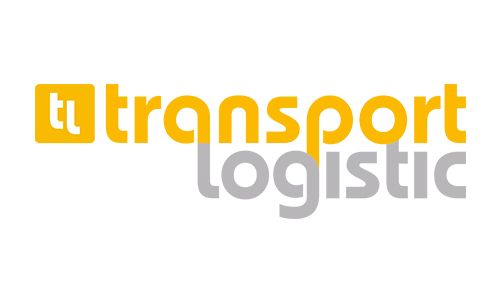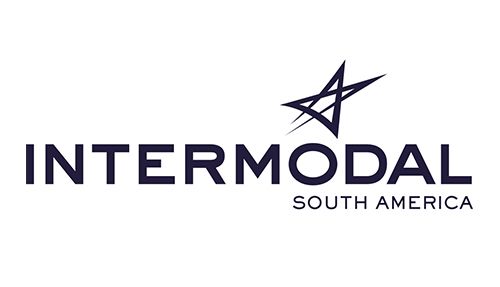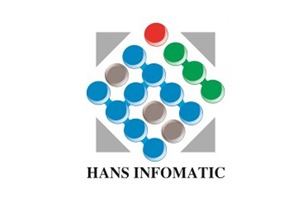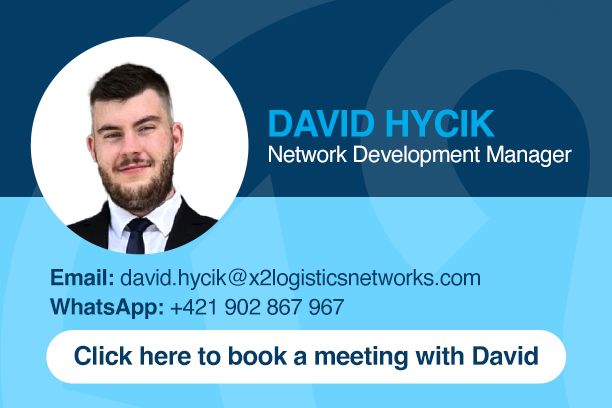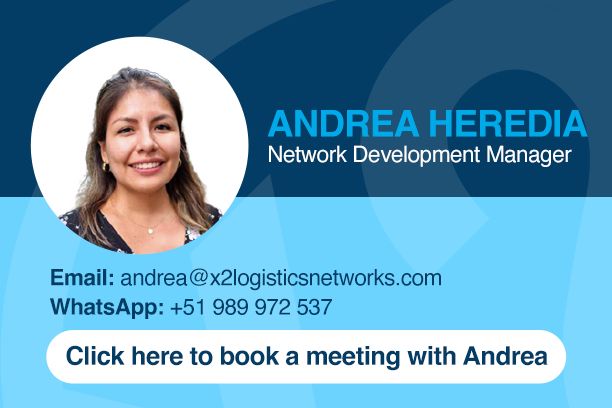

Succession Planning Best Practices for SME Forwarders
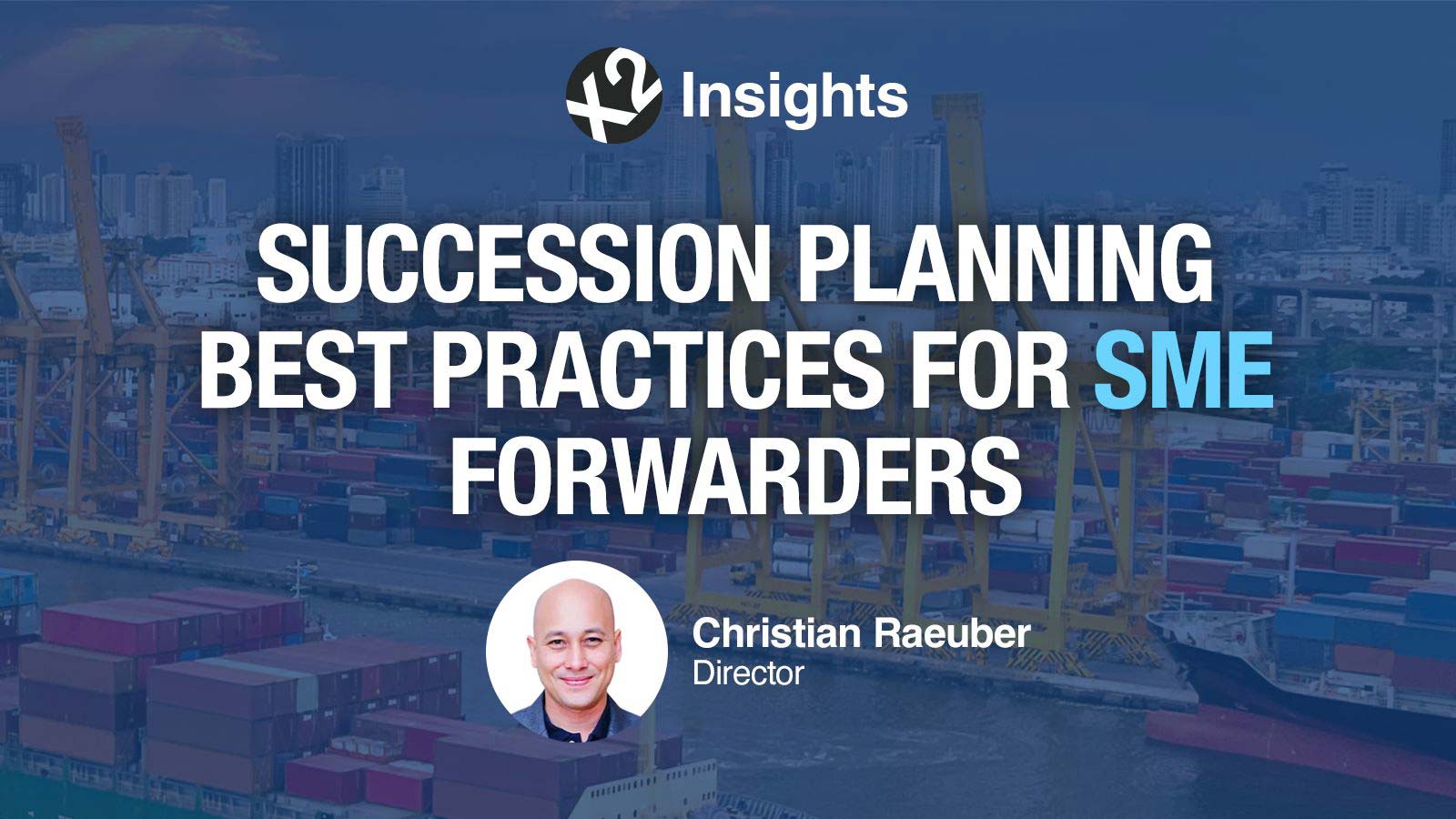
Most small and medium-sized freight forwarders are built by hands-on founders who manage everything from sales and operations to crisis resolution. But without a clear succession plan, all that know-how, reputation, and business continuity can vanish in an instant.
According to PwC’s 2024 Family Business Survey, only 34% of SMEs globally have a formal succession plan. In an industry like freight forwarding, where relationships and local expertise are critical, lack of planning can leave the business vulnerable.
Here are the top succession planning best practices for SME forwarders to ensure continuity and long-term success:
1. Start Early and Strategically
Don’t wait for retirement or emergencies. Begin planning 3 to 5 years in advance to allow mentorship, smooth delegation, and confidence building for both staff and clients.
2. Systematize Your Know-How
Most SME forwarders run on tribal knowledge stored in heads, not systems. Use AI-powered knowledge bases such as Notion AI, Trainual, or Slite to document SOPs, pricing logic, tradelane strategies, agent preferences, and customer service protocols. Tools like ChatGPT Enterprise or Claude can help structure your internal playbooks using natural language, making knowledge easily accessible to successors.
3. Build an Internal IP System
Use platforms like Confluence, Guru, or Obsidian to store your intellectual property including negotiation tactics, credit policies, rate markup strategies, carrier insights, and network contacts. These platforms support tagging, access control, and AI-assisted search to surface critical knowledge instantly.
4. Identify and Develop Key Talent
Whether it’s a family member or trusted employee, start giving them ownership of accounts, meetings, and decisions. Gradually transfer responsibility and let clients and agents get familiar with the next-in-line.
5. Clarify the Founder’s Role Post-Transition
Will the founder stay on as a mentor, exit entirely, or retain board-level oversight? Defining this avoids post-transition power struggles or confusion.
6. Communicate Transparently with Clients and Partners
Clients need to know service and relationships won’t change. Gradual handovers, joint account calls, and visibility of the new leader help build trust in the transition.
7. Legal and Financial Structuring
Engage legal and financial experts to create shareholder agreements, exit clauses, tax-efficient ownership transfers, and retirement funding mechanisms that protect both the business and founder.
8. Plan for Emergencies
Have a short-term contingency plan with access to banking, contracts, and communication channels in case of sudden illness or death. Store passwords securely using tools like 1Password or Bitwarden, with controlled emergency access.
9. Preserve the Company Culture and Identity
Document your company’s mission, tone of service, and approach to clients so future leaders maintain continuity. An AI assistant trained on your internal documentation can serve as a company-wide advisor for new staff.
10. Use Peer Networks for Case Studies and Benchmarks
Within communities like X2 Logistics Networks, forwarders can access examples of successful transitions, learn from peers, and even collaborate on leadership mentoring programs.
The Takeaway
Succession is not just about choosing the next leader. It’s about transferring knowledge, values, and systems. With AI-powered documentation and proactive leadership development, SME forwarders can build businesses that outlast any individual and remain competitive for decades to come.
Member Testimonials
Our Partners
Vendor Partners
X2 Conference
Our special networking event is about smart freight forwarders coming together to grow and develop business within the group by providing an opportunity for all members to gather in one place to form and extend personal relationships.
- 1
- 2
- 3
- 4
- 5
- 6
- 7
- 8
- 9
- 10
- 11
- 12

NEW YORK
- 1
- 2
- 3
- 4
- 5
- 6
- 7
- 8
- 9
- 10
- 11
- 12

sao paulo
- 1
- 2
- 3
- 4
- 5
- 6
- 7
- 8
- 9
- 10
- 11
- 12

london
- 1
- 2
- 3
- 4
- 5
- 6
- 7
- 8
- 9
- 10
- 11
- 12

dubai
- 1
- 2
- 3
- 4
- 5
- 6
- 7
- 8
- 9
- 10
- 11
- 12

bangkok
- 1
- 2
- 3
- 4
- 5
- 6
- 7
- 8
- 9
- 10
- 11
- 12

hong kong
- 1
- 2
- 3
- 4
- 5
- 6
- 7
- 8
- 9
- 10
- 11
- 12

tokyo
- 1
- 2
- 3
- 4
- 5
- 6
- 7
- 8
- 9
- 10
- 11
- 12

sydney
Book a Discovery Call with our Network Development Managers
Got questions or want to explore new opportunities within our networks? Schedule a one on one meeting with our Network Development Managers.





